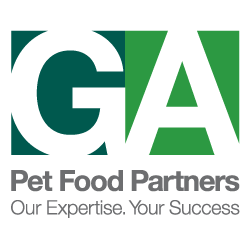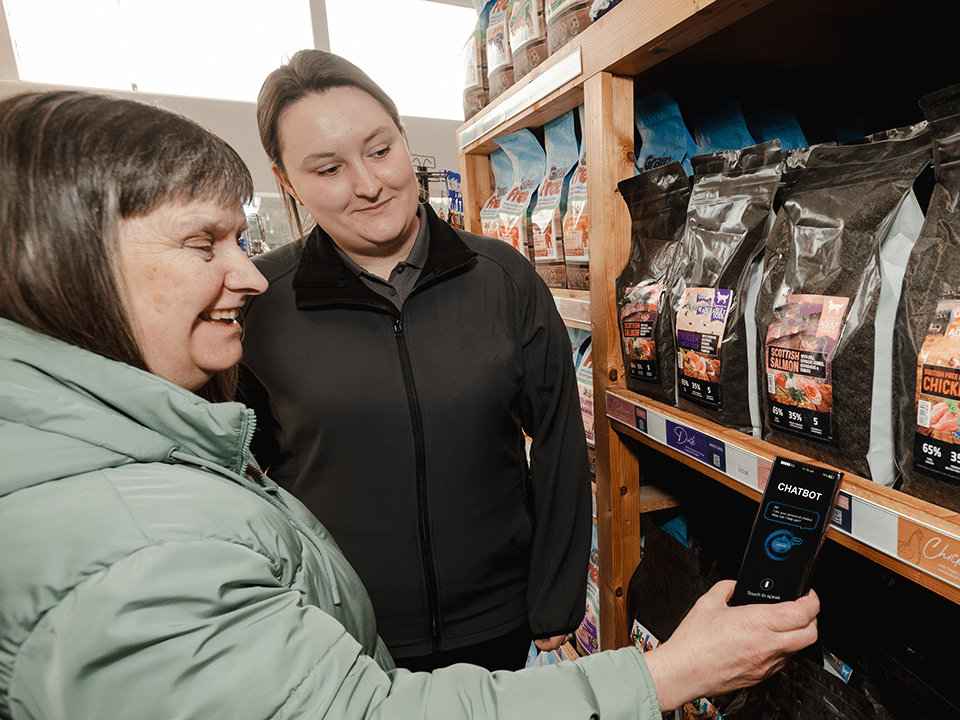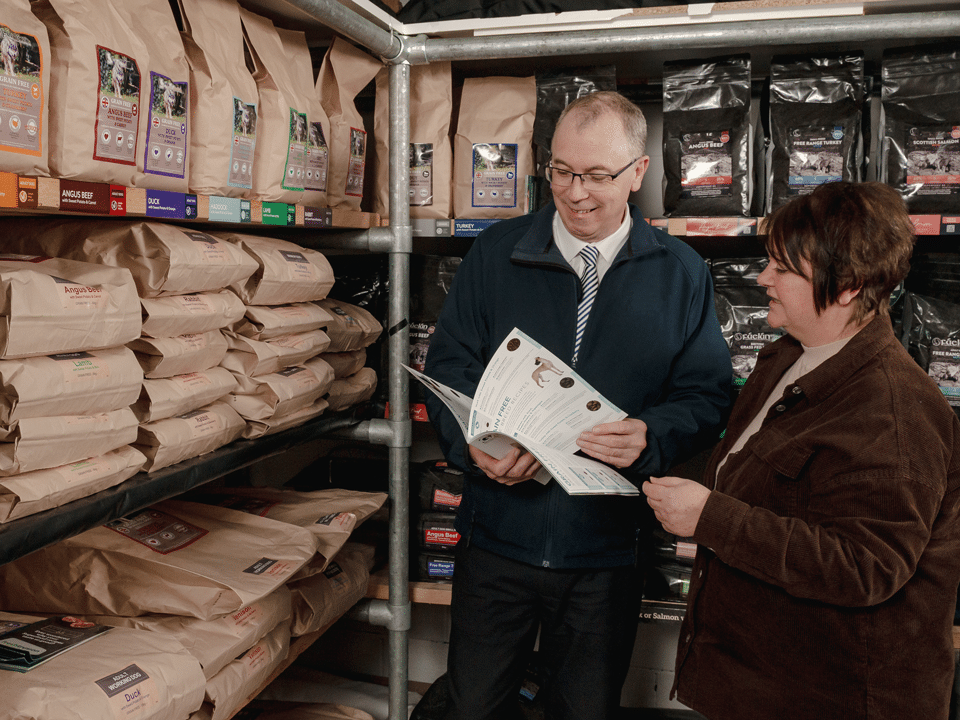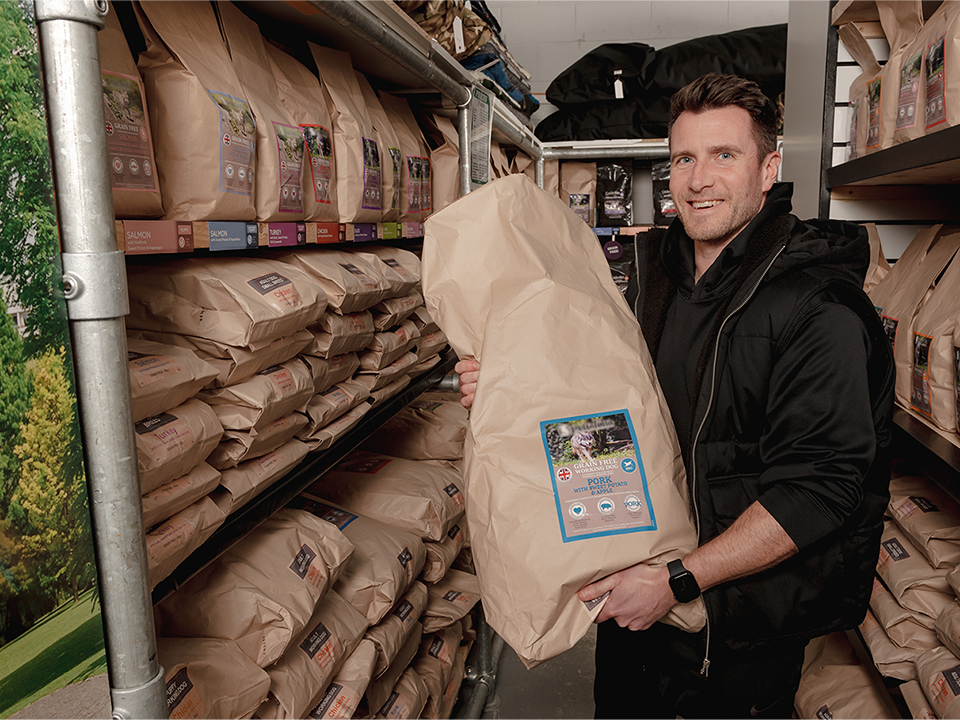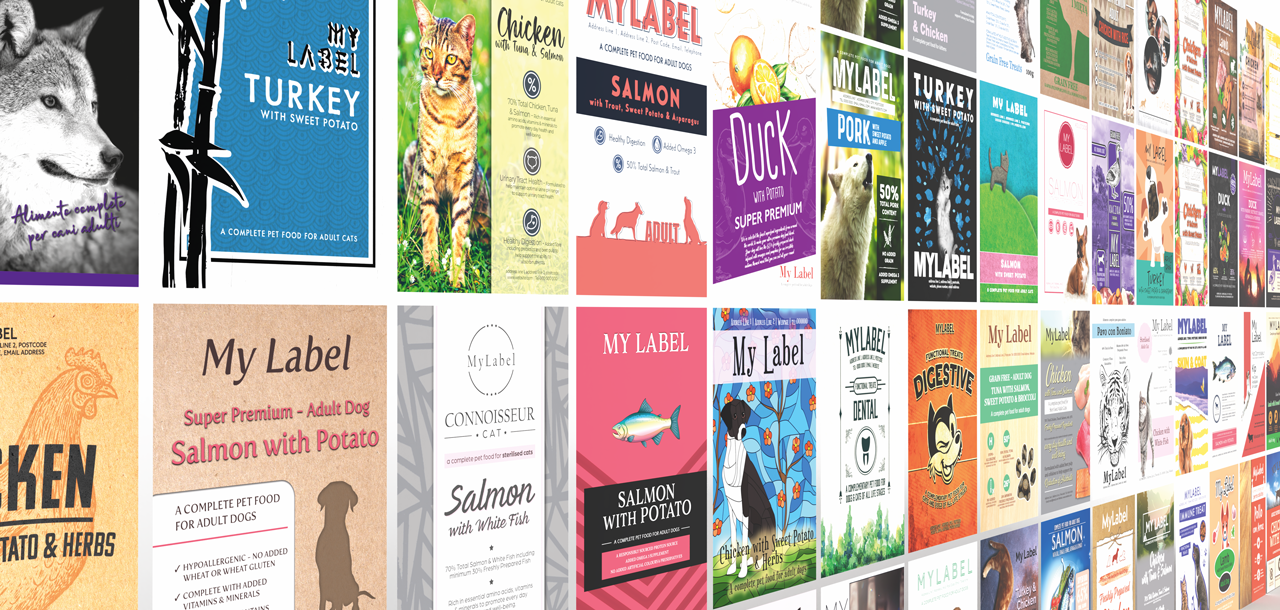
Why are Pet Food Packaging Claims important?
Labels are the main form of communication between purchasers, feed business operators (FBOs) and enforcement authorities. The prime purpose of labels is to provide clear, accurate and honest information about a product that may facilitate the buying act of the purchaser. Product labels help communicate the product’s characteristics and allow consumers to make informed choices on product suitability. This can be supported by claims that will enable differentiation between pet food products. They can be a helpful marketing tool for FBOs. They can also be informative for consumers to help them choose a product from the many options available. A study into dog owner purchasing habits suggested that claims relating to targeted nutrition resonated with most dog owners (84.5%) (Banton et al., 2021).
Ingredient and product attributes have become key focal points among consumers (Nielsen, 2019). This correlates positively to a growing trend of humanisation in the pet industry. Consumers increasingly see their pets as family members and are prepared to spend more on pet food and pet-related products (Robeco, 2020). Most pet owners reported giving equal or more priority to buying healthy food for their pets compared to themselves (Schleicher et al., 2019). This suggests that health or functional ingredient-related claims are an important factor in the decision-making process. Due to their strong influence, claims must comply with the regulation.
What is a claim?
Claims for human foods are defined by Regulation (EC) 1924/2006 as any message or representation that states, suggests or implies a food has particular characteristics. A claim, by definition, is not mandatory under Community or national legislation, and it could be presented in textual, pictorial, graphic or symbolic form. These elements are consistent with regulatory requirements for claims relating to pet food which are set out in Regulation (EC) 767/2009. Pet food may have a direct positive effect on health beyond meeting the pet’s nutritional requirements, and this can be the case for both complete and complementary pet food.
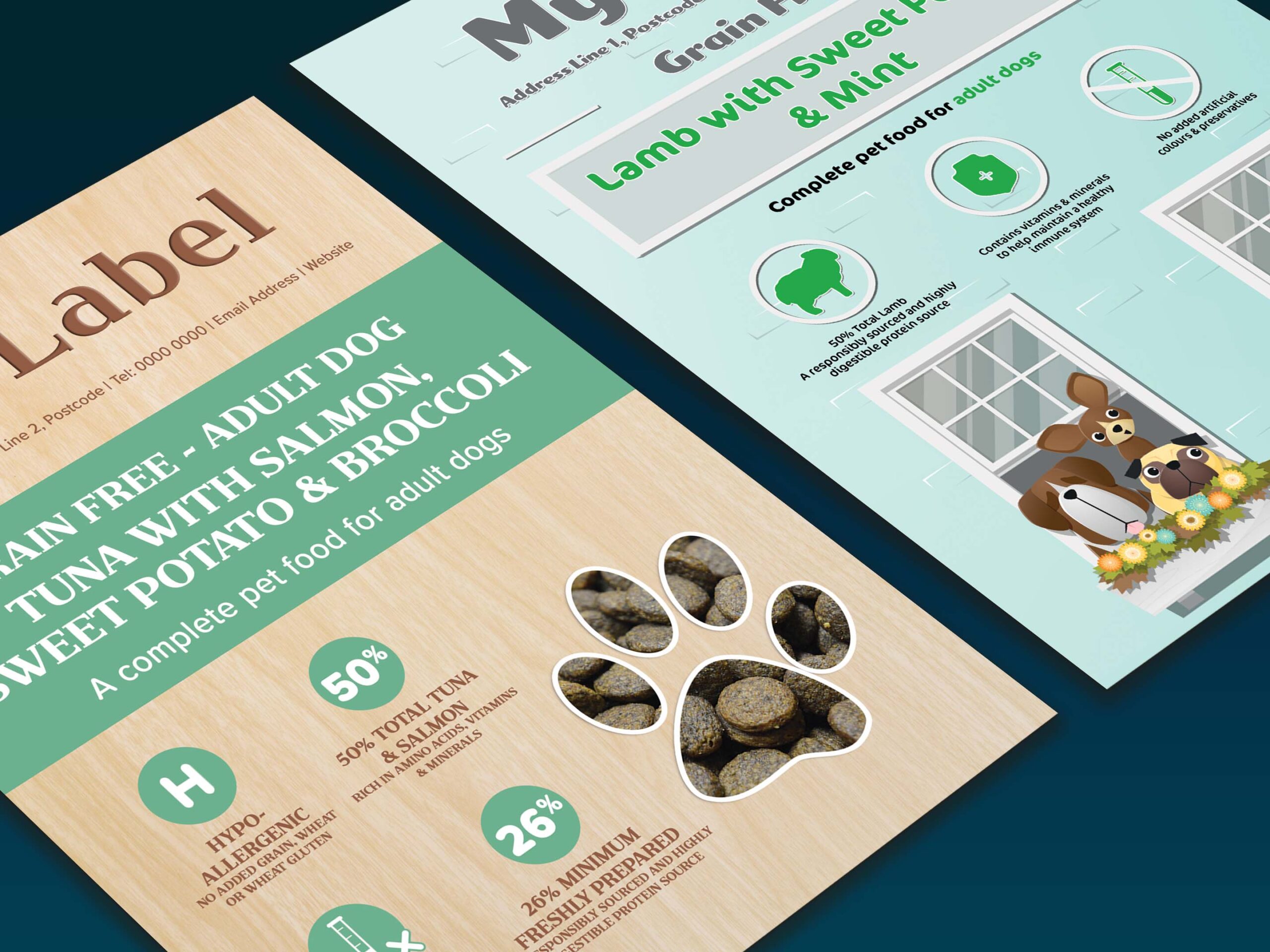
The level of substantiation required for functional claims depends on whether the claim can be considered “generic” or “innovative”. For “content claims”, substantiation will depend on whether the claim is made for major or minor components of the recipe. (FEDIAF, 2018). It is necessary to substantiate that the product contributes to a beneficial effect to make a functional claim. The substance that contributes to the beneficial effect must also be present in the pet food in sufficient quantities to produce the claimed effect.
Generic claims:
• Well established and recognised knowledge already exists
• Based on general scientific knowledge
• Claims are accepted in the industry, e.g. Vitamin A, to help maintain normal vision.
Innovative claims:
• May not yet be widely recognised
• Substantiation may be based on published/unpublished research, in-house research or a combination.
A claim must be based upon a comprehensive review of all available scientific data relating to the claim’s validity. All data should be reviewed irrespective of its favour to the claim itself. Ignorance of data that isn’t favourable could result in the claim being considered invalid by competent authorities.
What do purchasers need?
Product labelling should provide purchasers with all necessary information required to make the optimal choice to meet their needs. Mandatory labelling requirements are set out in Regulation 767/2009. The FEDIAF Code of Good Labelling Practice for Pet Food aims to provide user-friendly guidance and interpretation of Reg 767/2009. The main focus is to improve the appropriateness of mandatory and voluntary labelling aspects and claims. The following aspects are considered to be mandatory on labelling:
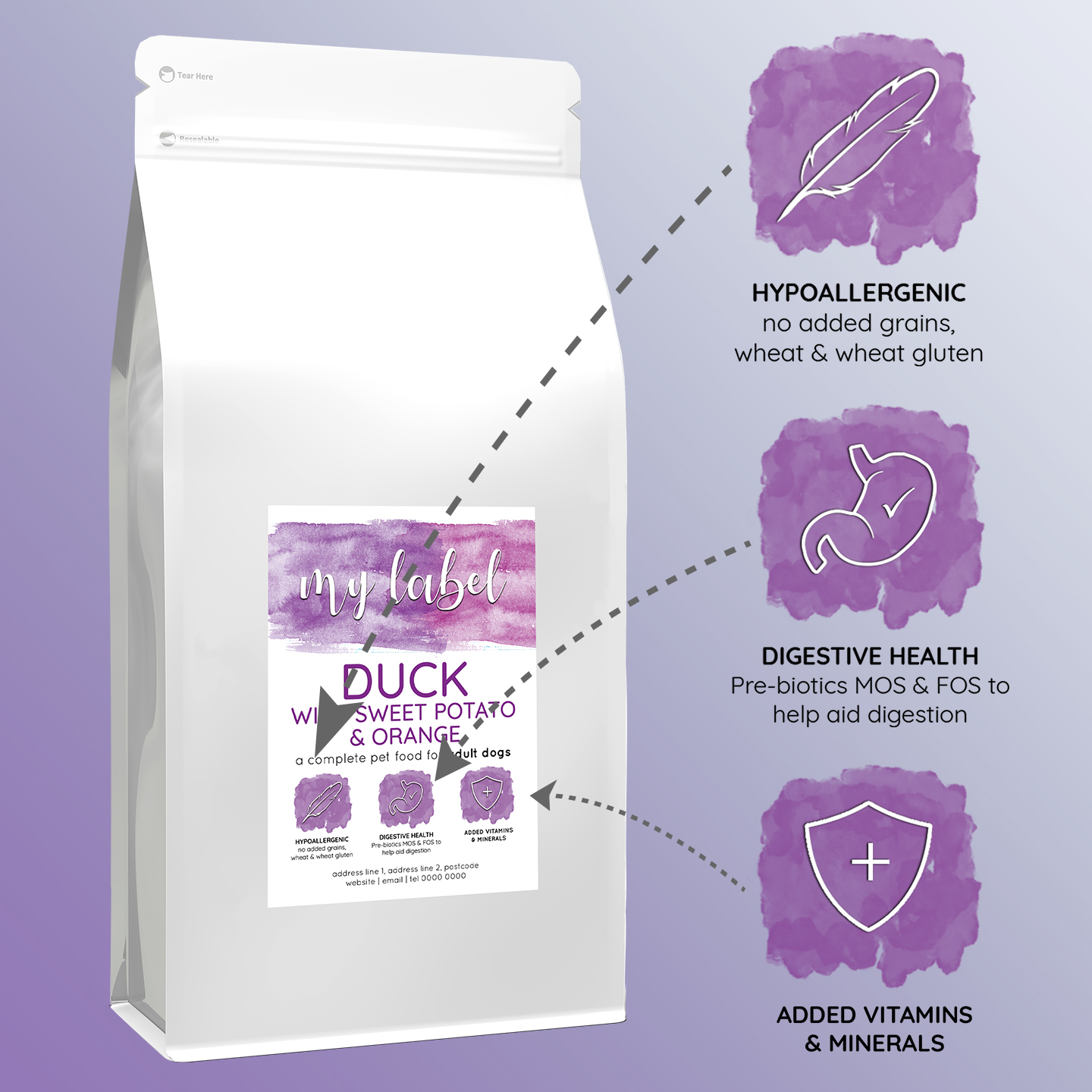
- The type of feed, e.g. Complete or Complementary
- The Species or Categories of animals for which the feed is intended
- Name or Business Name and Address of Feed Business Operator responsible for the labelling
- A free telephone number or other appropriate means of communication, e.g. email address/ website
- The Batch or Lot reference number
- The Approval number of the producer (Manufacturer’s Registration number)
- The indication of the minimum storage life, e.g. ‘Best Before …’ followed by the date indicating a particular month
- Storage Conditions, e.g. Store in a cool, dry place
- ‘Always ensure fresh water is available’ statement for dry products
- The Net Quantity expressed in units of mass
- A list of Feed Materials the product is composed of, listed in descending order by weight-bearing the heading ‘Composition’.
- Instructions for proper use indicating the purpose for which the feed is intended, including appropriate feeding quantity per day
- Additives (as set out in Regulation 767/2009, Annex VI Chapter 1)
- Analytical Constituents ( as set out in Regulation 767/2009, Annex VI, Chapter 2)
- If Claims are present, substantiation should be available
Regulation (EC) No 767/2009 states ‘Scientific substantiation should be the main factor to be taken into account for the purpose of making claims.’ FBOs should substantiate claims, considering all evidence and scientific data available. Information provided (inclusive of claims) should be clear, coherent, consistent and comprehensible and must not mislead or deceive purchasers. Purchasers do hold the right to bring any claim related doubts and queries to the attention of the competent authorities. If it is concluded that a claim is not sufficiently substantiated, the product’s labelling is deemed misleading.
Substantiating Claims
All claims must be substantiated and verifiable to protect the purchaser against false claims. The degree of substantiation will depend on the type of claim made. Well substantiated claims will allow an FBO to offer better benefits to pets and owners, encouraging continued investment. For ‘innovative’ or not well established/widely recognised claims, substantiation should be available in a dossier, consisting of scientific evidence that may be existing scientific publications, published or unpublished new research. Substantiation dossiers should be well-structured, self-explanatory and sufficiently detailed. Key scientific data must be included, and the claim’s validity should be easily verified. Manufacturers should review the substantiation of claims to establish if new science has evolved or if there have been any changes that may impact validity.
Substantiation helps justify the use of claims and manage what claims are being used. If an FBO cannot substantiate a claim, it should not be used. This should help reduce the risk of misleading claims and misleading and misinforming purchasers. Substantiation also allows some fair and common ground across the pet food industry. Scientific data is widely available, providing FBOs with the opportunity to develop substantiation to make similar claims to their competitors. Using claims that are well substantiated and proven can benefit the FBO. If purchasers identify a link between claims on a pack and a visible, beneficial effect on their pet, they know the product is effective. This may encourage a positive relationship between purchasers and FBOs, as the FBO becomes reputable and trustworthy. This could further generate brand loyalty. Schleicher and colleagues reported that pet owners are more ‘brand loyal’ to pet food than brands used for their food (Schleicher, 2019).
How does regulation work?
When the validity of a claim is in question, this is likely to result from a challenge brought to competent authorities by a purchaser. Alternatively, this could be challenged by the competent authorities themselves (for example, Trading Standards). In response, the FBO would be expected to provide a sufficient substantiation dossier for the claim in question. If the competent authority has doubts surrounding the adequacy of the substantiation provided, they may take further action. Repercussions for non-compliance could include fines and the cost of having to correct packaging and marketing materials whilst not making sales. Non-compliance could also result in long term negative impacts on contracts, partnerships, brand perception and consumer loyalty.
Summary
It is in the best interest of the FBO and purchaser to provide clear labelling and make accurate claims. Regulation 767/2009 and the FEDIAF Code of Good Labelling Practice for Pet Food are effective tools to ensure compliance.
References
1. Banton, S., Baynham, A., Pezzali, J.G., von Massow, M., Shoveller, A.K., (2021) Grains on the brain: A survey of dog owner purchasing habits related to grain-free dry dog foods. PLoS ONE 16(5): e0250806. https://journals.plos.org/plosone/article?id=10.1371/journal.pone.0250806
2. FEDIAF. (2018) FEDIAF Code of Good Labelling Practice for Pet Food. FEDIAF_labeling_code_2019_onlineOctober2019
3. Nielsen IQ (2019) Who’s winning the claim game in the pet food arena? /https://nielseniq.com/global/en/insights/analysis/2019/whos-winning-the-claim-game-in-the-pet-food-arena/
4. REGULATION (E.C.) No 767/2009 OF THE EUROPEAN PARLIAMENT AND OF THE COUNCIL of 13 July 2009 on the placing on the market and use of feed https://eur-lex.europa.eu/LexUriServ/LexUriServ.do?uri=OJ:L:2009:229:0001:0028:EN:PDF
5. REGULATION (E.C.) No 1924/2006 OF THE EUROPEAN PARLIAMENT AND OF THE COUNCIL of 20 December 2006 on nutrition and health claims made on foods https://eur-lex.europa.eu/LexUriServ/LexUriServ.do?uri=OJ:L:2006:404:0009:0025:EN:PDF
6. Robeco (2020) Consumer trends in 2020: food delivery, humanisation of pets and streaming wars. https://www.robeco.com/uk/insights/2020/01/consumer-trends-in-2020.html
7. Schleicher, M., Cash, S.B., Freeman, L.M., (2019) Determinants of pet food purchasing decisions. Can Vet J. 2019 Jun; 60(6): 644–650.

Sophia Parkinson
GA Pet Food Partners Pet Food Claims Expert
Sophia is GA Pet Food Partners Pet Food Claims Expert and is involved in checking partner claims, ensuring their labels and marketing materials meet regulations, and researching new and exciting raw materials. Sophia has an undergraduate degree in Nutritional Sciences, where she developed a strong interest in claims and labelling regulation. Briefly working in the Human Food industry before joining GA in 2020. She enjoys cooking and going for long walks with her miniature schnauzer, Dexter, in her spare time.
You may also like...
Article written by Sophia Parkinson
The pros and cons of AI in pet retail
You may have heard the letters "AI" or "AI Technology" frequently used in the media. From opening your phone with Face ID to interacting with [...]
